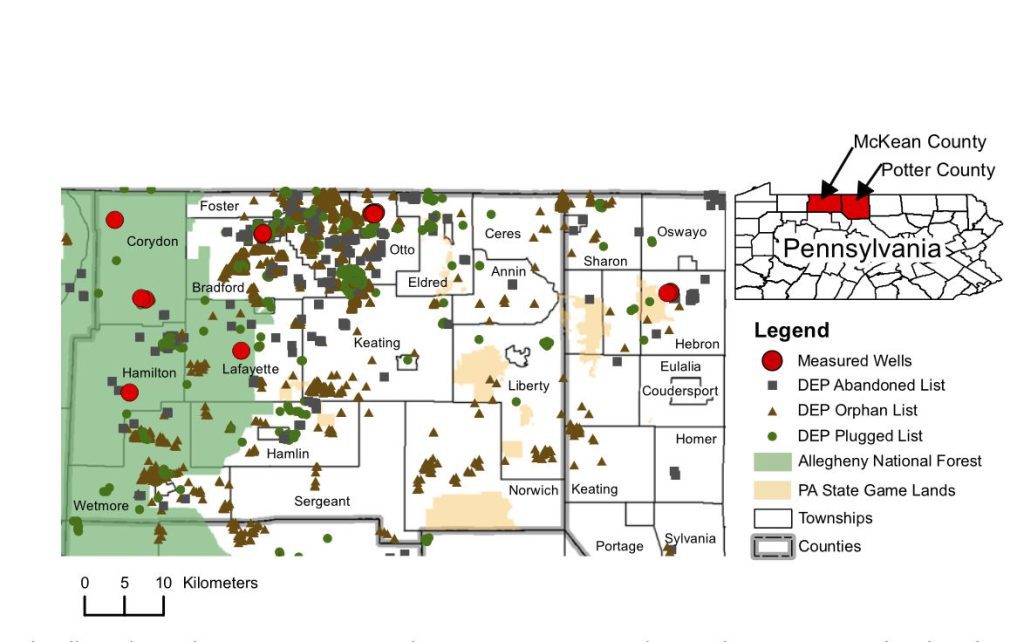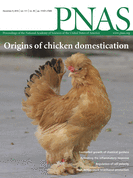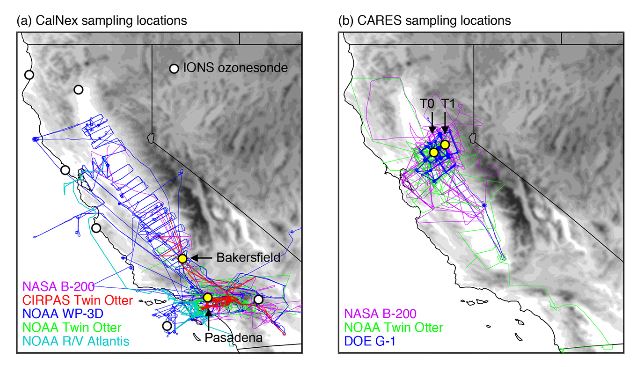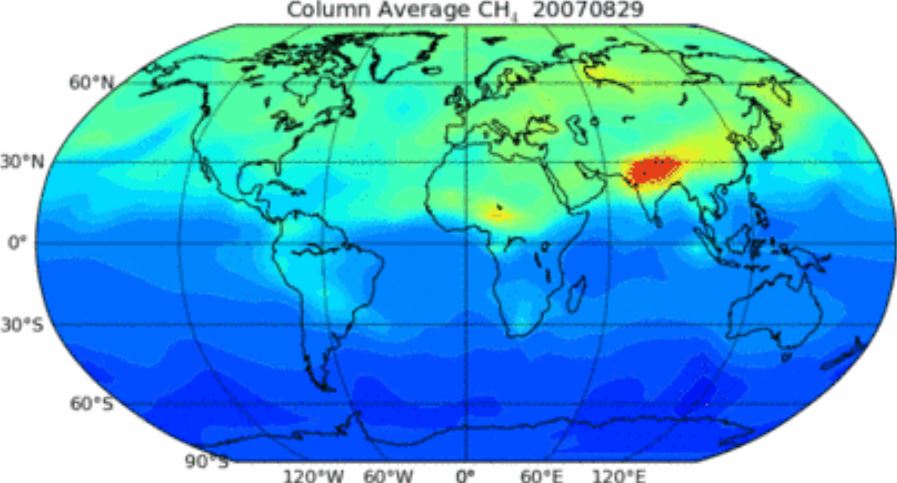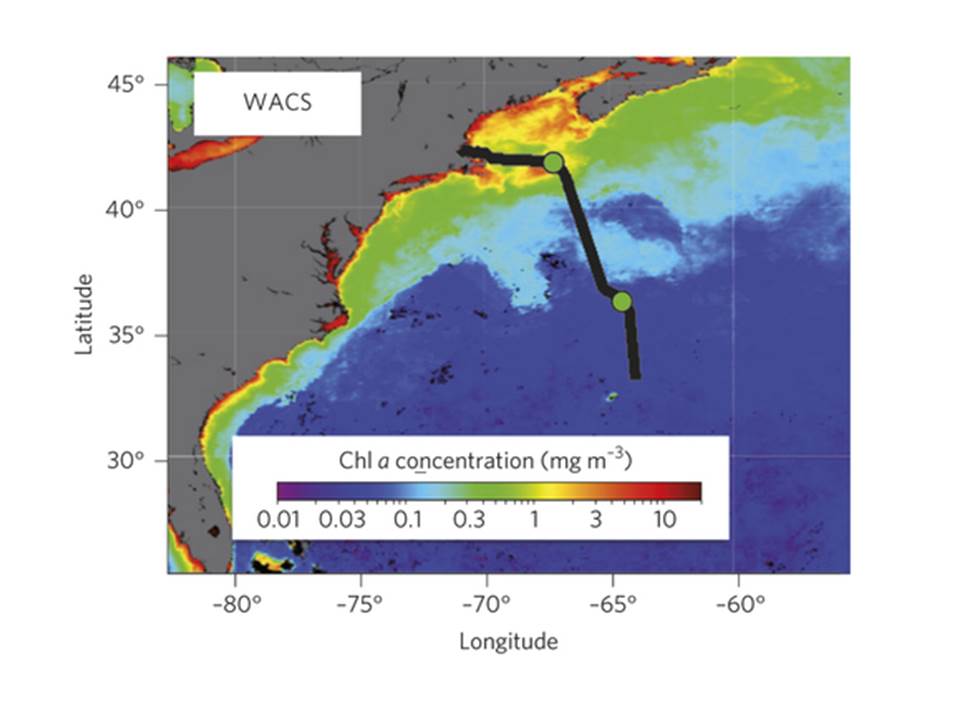Direct measurements of methane emissions from abandoned oil and gas wells in Pennsylvania
New research supported by the Climate Program Office’s Atmospheric Chemistry, Carbon Cycle, & Climate (AC4) program was published online in the Proceedings of the National Academy of Science on Dec. 8, 2014.


